Hybrids Revealed
Anyone who's shopped for a Toyota Prius knows that the gas – electric sedan comes complete with a 'hybrid premium': a theoretical surcharge included in the manufacturer's suggested retail price. Although there's considerable debate on this point, it is possible for a mileage-conscious Prius driver to save enough money at the pumps to recover the extra cost of purchasing a hybrid– eventually. But no matter how the customer makes out, Toyota still comes out on top. This despite the fact that the cost of developing and manufacturing hybrid technology– batteries, drivetrain, controls, brakes, etc.– means that Toyota makes a loss on every single Prius sold. But by losing the battle, they win the war.
It's no secret that hybrids get a lot more media attention than actual sales. Gas may be cresting $3 a gallon, but Americans still love their big cars, pickup trucks and SUV's. And while manufacturers love the profits on these large vehicles, they've all got to meet federal Corporate Average Fuel Economy (CAFE) standards. Otherwise, the automaker must pay large fines. [Since 1983, the EPA has collected $650,831,288.50 in CAFE fines from BMW, Jaguar, Mercedes, Porsche, VW and others.] The US Energy Policy and Conservation Act of 1975 currently dictates that an automaker's US passenger cars must achieve a combined fuel economy average of 27.5 mpg. The combined average for their 'light trucks' (that's SUV's and pickups) must be 21.6 mpg.
So, Toyota can sell as many gas-guzzling Tacomas, Tundras and Sequoias as they like; they just have to sell enough fuel-sipping vehicles to maintain the required fleet average. In other words, Toyota and its compliancy-seeking competitors aren't trying to make big profits on little cars; they're trying to lose as little money as possible on small cars so they can make as much money as possible on big, profit-rich vehicles. To meet the CAFÉ regs., Toyota prices their smallest models at a loss– and then adds discounts, finance deals and incentives that cost even more. Prior to the Prius, Toyota's pushed the less-than-thrilling Echo with deep discounts and heavy incentives and attractive financing offers.
Seen in this light, the Toyota Prius was a stroke of genius: a vehicle that boosts the company's CAFÉ numbers to SUV-sustaining levels AND generates enormous positive PR for the brand. Somehow, no one other than a few tree-hugging environmentalists and Chevy's PR department seems to notice that Toyota's mileage on their other products lags behind the industry leaders. The social opprobrium attached to selling SUVs that are bigger and thirstier than a Chevy Tahoe (and probably more profitable) slides right off Toyota, because they're the leaders in hybrid technology. In one brilliant marketing move, Toyota has transformed their money-losing small car operation into a priceless marketing campaign.
And yet, as always, physics trumps bullshit– er, marketing savvy. Even with Toyota's hidden subsidy, the Prius is simply too heavy, complicated, expensive and yes inefficient to quickly and easily justify its premium price. Recent media focus on the discrepancy between hybrids' real world mileage and the official EPA numbers only reveals part of the truth. If consumers considered the fact that the Prius uses every non-hybrid trick in the book to raise its fuel efficiency (de-contenting, skinny tires, lightweight materials, etc.), if they compared like-for-like (the Prius vs. a similarly equipped, same-sized gas-powered car with equivalent horsepower), they'd see that the efficiency gap between competing propulsion technologies is narrower still.
The expansion of hybrid technology into large and heavy cars and trucks highlights this conflict between political/moral concerns and plain old physics. For example, EPA numbers suggest that the hybrid-powered Lexus RX400h 2WD SUV gets eight more combined mpg's than the gas-engined RX330 2WD. But if you "downsize" the vehicles' EPA numbers to real world experience– a process which doesn't lower the RX330's fuel economy as dramatically– the difference between the two Lexi is a lot less impressive. The truth is that short of cold fusion, there's no way a heavy hybrid will deliver mileage significantly better than a smaller and/or smaller-engined gas-powered vehicle. Of course it's also true that the new hybrid SUV's are a boon to their manufacturer.
The profits on Toyota's Lexus 400h hybrid-powered SUV takes their hybrid strategy to the next level. In the vehicle's rarified market demographic, the consumer pays the entire cost of the hybrid modifications. When that's the case, there's no way that the average owner will ever recover the extra cost of the hybrid. Given the likely cost of battery replacement and repairs in later life, there's little chance the original owner can recover any of the costs when selling or trading the car. But they can still feel virtuous and politically correct while driving a large luxury SUV. As Toyota's hybrid sales prove, sometimes perception is all.
More by Bob Elton
Latest Car Reviews
Read moreLatest Product Reviews
Read moreRecent Comments
- Corey Lewis It's not competitive against others in the class, as my review discussed. https://www.thetruthaboutcars.com/cars/chevrolet/rental-review-the-2023-chevrolet-malibu-last-domestic-midsize-standing-44502760
- Turbo Is Black Magic My wife had one of these back in 06, did a ton of work to it… supercharger, full exhaust, full suspension.. it was a blast to drive even though it was still hilariously slow. Great for drive in nights, open the hatch fold the seats flat and just relax.Also this thing is a great example of how far we have come in crash safety even since just 2005… go look at these old crash tests now and I cringe at what a modern electric tank would do to this thing.
- MaintenanceCosts Whenever the topic of the xB comes up…Me: "The style is fun. The combination of the box shape and the aggressive detailing is very JDM."Wife: "Those are ghetto."Me: "They're smaller than a Corolla outside and have the space of a RAV4 inside."Wife: "Those are ghetto."Me: "They're kind of fun to drive with a stick."Wife: "Those are ghetto."It's one of a few cars (including its fellow box, the Ford Flex) on which we will just never see eye to eye.
- Oberkanone The alternative is a more expensive SUV. Yes, it will be missed.
- Ajla I did like this one.



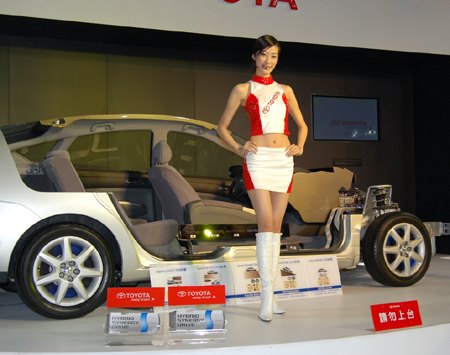













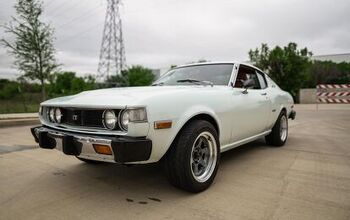
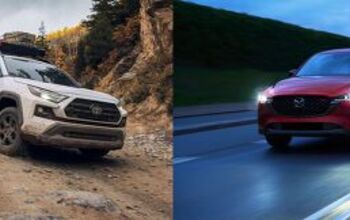
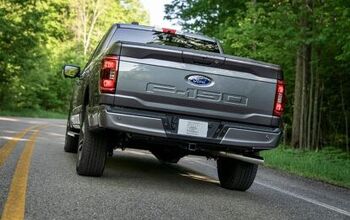
![[UGLY] Mercedes Vision GLK BLUETEC HYBRID Revealed](https://cdn-fastly.thetruthaboutcars.com/media/2022/06/28/8388547/ugly-mercedes-vision-glk-bluetec-hybrid-revealed.jpg?size=350x220)
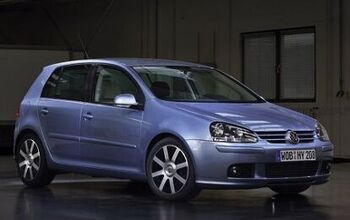
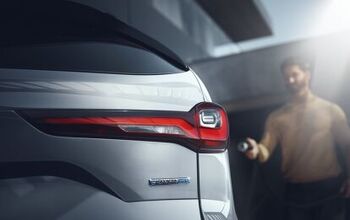

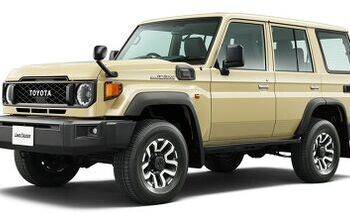

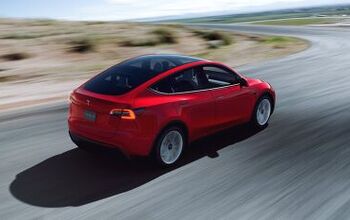
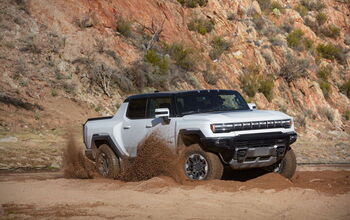

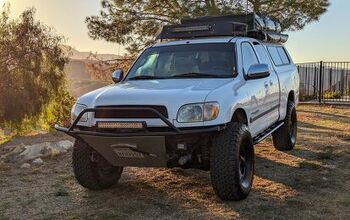
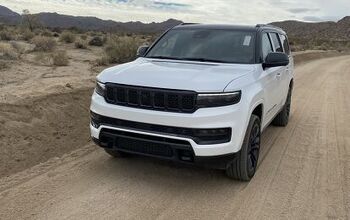
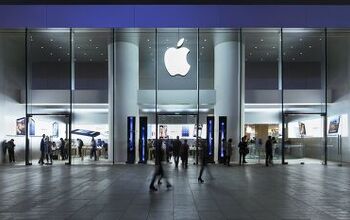
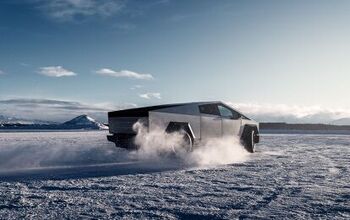
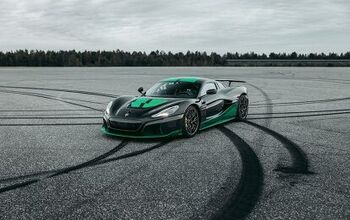
Comments
Join the conversation
When I am driving my volt my normal 20 miles a day at max, will I be spending money on gas? Noooooooooooooooooooooo When I am not getting that smelly stuff all over my nice shirt and slacks. Will I be spending money on gas? Nooooooooooooooooooooo When I am not spending money on gas. I will not be helping out those folks that think we should disappear from the face of the earth. And, I can tell them to put gas where the sun don't shine!